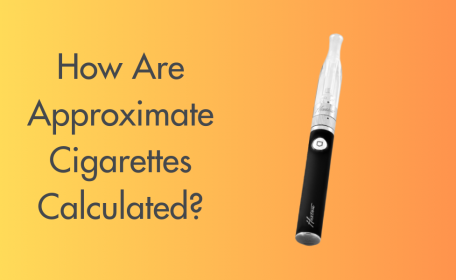← Back


New to Vaping? Here's What You Need to Know

Get the facts, not the fiction, about vaping compared to smoking.
Suddenly, vaping is everywhere. You can't walk down a street without seeing at least one shop selling e-cigarettes and, if you're new to vaping and just exploring everything, you've probably seen all the online vape stores too — maybe even ours. But many people, especially smokers, are still trying to get their heads around vaping. While it's not a complicated subject, it can be somewhat controversial, and this is largely due to a great deal of oftentimes conflicting information about e-cigarettes, much of it available online. Sometimes, it can be hard to figure out if e-cigs are good or bad for you. This is something Public Health England acknowledged earlier this year. It said that: "... many thousands of smokers incorrectly believe that vaping is as harmful as smoking; around 40% of smokers have not even tried an e-cigarette." It added that there was "much public misunderstanding about nicotine (less than 10% of adults understand that most of the harms to health from smoking are not caused by nicotine)." So if you're new to vaping and still getting to grips with e-cigarettes, e-liquids and everything else associated with vaping, here's what you need to know — based on facts, as reported by health and scientific bodies, not fiction.
Nearly 100% Better Than Smoking
The Health Authorities in the UK are trying to get smokers to switch to vaping. Why? Because it's so much better for them. Public Health England again, in its review of e-cigs by an independent panel of tobacco experts earlier this year, said: "vaping poses only a small fraction of the risks of smoking and switching completely from smoking to vaping conveys substantial health benefits." Consider this in light of the fact that, every minute, a man or woman in England is hospitalised due to a smoking-related condition or disease, and that this leads to around 79,000 deaths a year.No Toxic Chemicals
The problem with burning tobacco (and substances added to it, such as flavours) is that it releases an enormous amount of chemicals, many of which are toxic to the human body and cause various cancers. According to one account, there are upwards of 7,000 chemicals in tobacco smoke and 69 of them are known to be carcinogenic. Here, from the American Lung Association, is a list of some of the toxins in cigarette smoke and where they're also commonly found:- Acetone – found in nail polish remover
- Acetic Acid – an ingredient in hair dye
- Ammonia – a common household cleaner
- Arsenic – used in rat poison
- Benzene – found in rubber cement
- Butane – used in lighter fluid
- Cadmium – an active component in battery acid
- Carbon Monoxide – released in car exhaust fumes
- Formaldehyde – embalming fluid
- Hexamine – found in barbecue lighter fluid
- Lead – used in batteries
- Naphthalene – an ingredient in mothballs
- Methanol – a main component in rocket fuel
- Nicotine – used as insecticide
- Tar – material for paving roads
- Toluene - used to manufacture paint
























